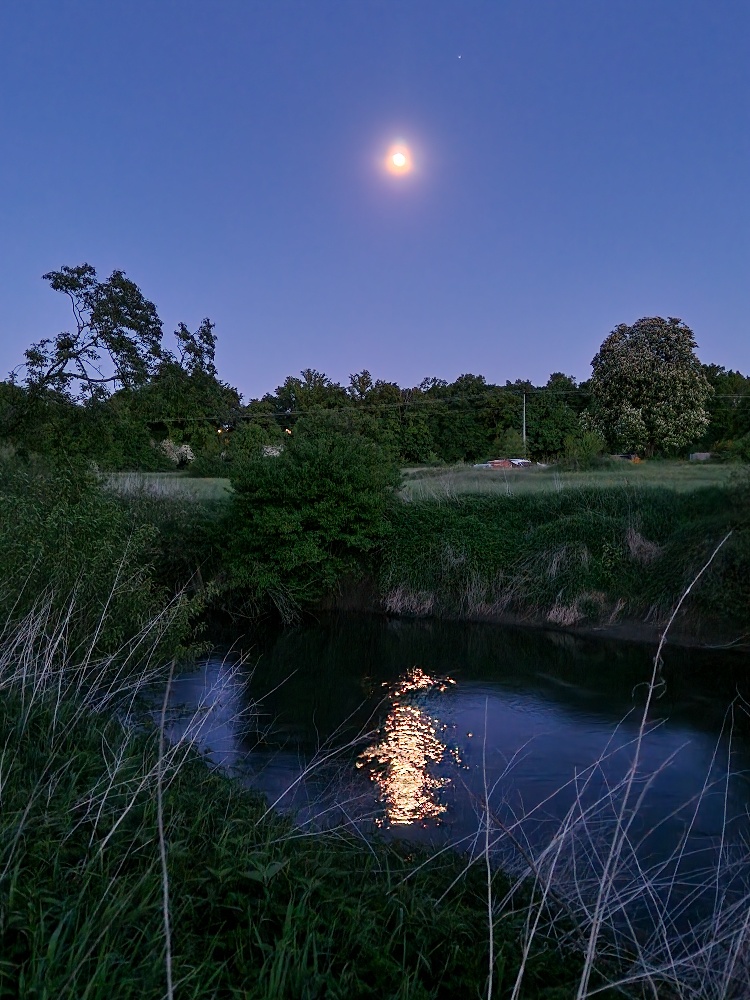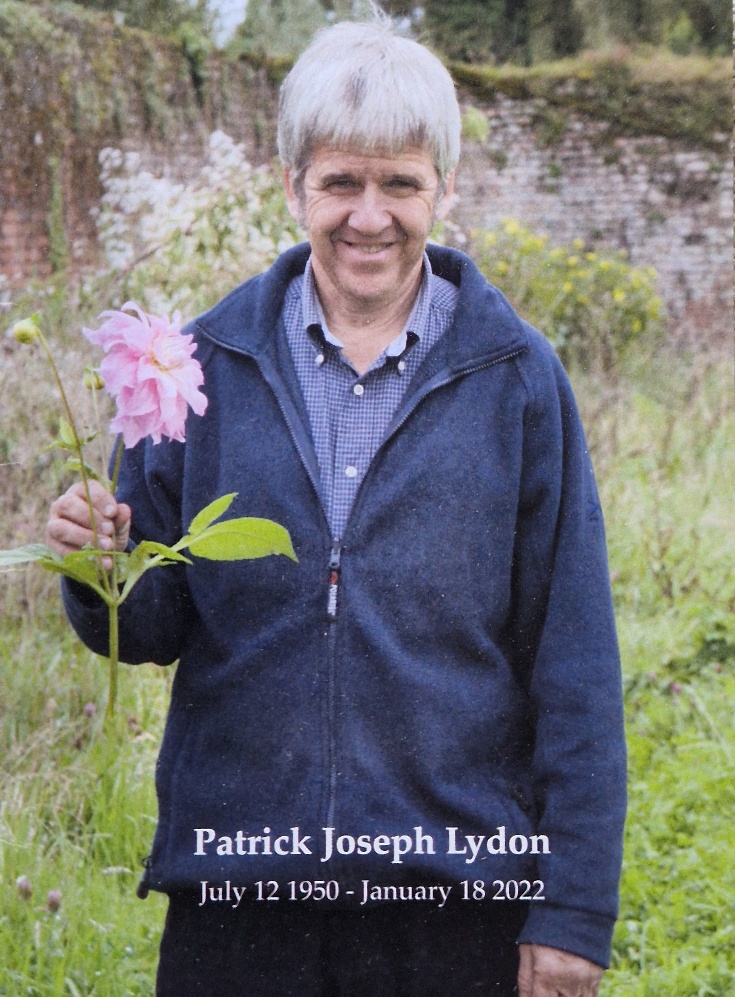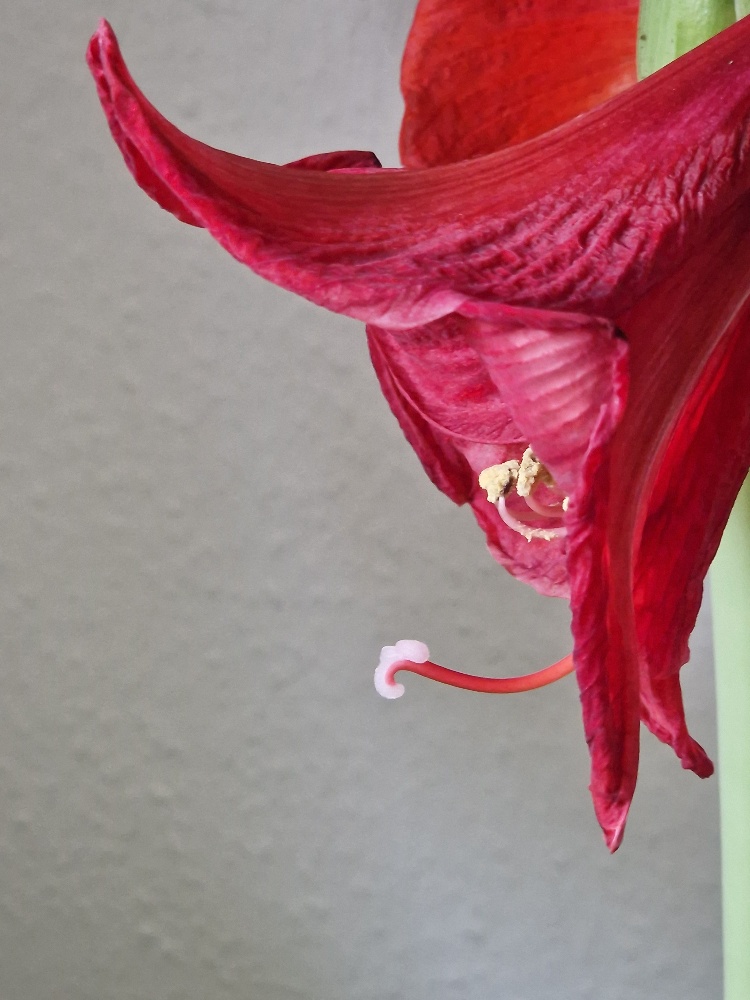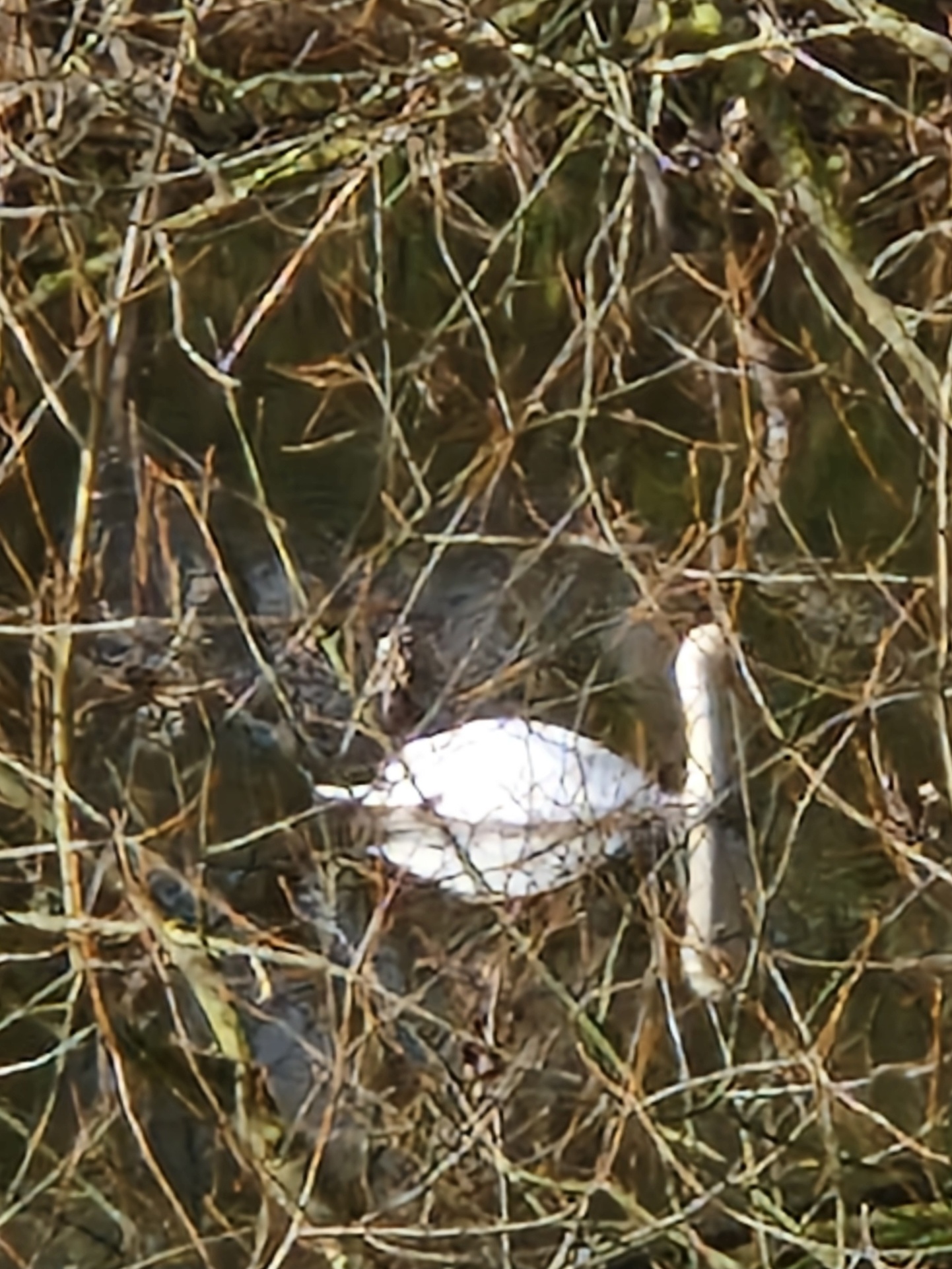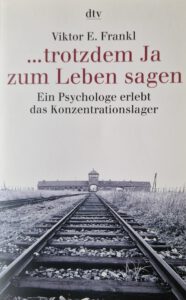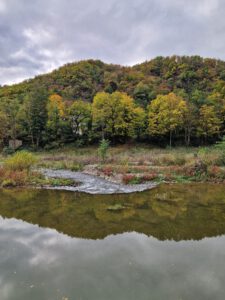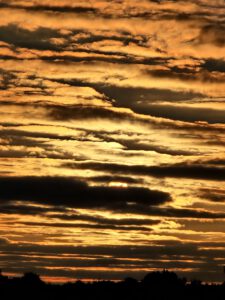One purpose of creative ritual was to experience the connection to “the other” as well as a deeper connection to oneself. That’s why ancient people would say: that ritual made me more aware of how I’m connected to life, to the earth, to the spirits, to the song of creation, and made me more aware of who I am inside, at the level of my own being. What we’ve lost is partly the sense that we are each connected to the whole thing, that each human soul is secretly connected to the living soul of the world.
Michael Meade
When tea becomes ritual, it takes its place at the heart of our ability to see greatness in small things. Where is beauty to be found? In great things that, like everything else, are doomed to die, or in small things that aspire to nothing, yet know how to set a jewel of infinity in a single moment?
Muriel Barbery
Consciousness is an end in itself. We torture ourselves getting somewhere, and when we get there, it is nowhere, for there is nowhere to get to.
D. H. Lawrence
At some point over the years, a personal ritual began to take shape.
This ritual has now become an integral part of my daily practice, helping me to calmly gather myself in a world full of alienation, confusion, drama, and distraction, and to consciously reset my awareness of my place in the interconnectedness of all things. It helps me connect to that most unsuspected of inner resources, the Source of Infinite Abundance.
It has become part of my daily routine, practised usually during my morning walk along the Rhine, – that great river which contains all those rivers which had become my friends when I lived for three decades 400km miles further south-east in northern Bavaria until 2011. As such the Rhine is a living symbol, not only of continuity, but of interconnectedness.
Over this past weekend, on a family visit in Franconia, I once again glimpsed some of these rivers: Bibert, Pegnitz (Photo), Rednitz, Zenn, Wiesent, Main, etc. The thought of them all coming together as part of the broad, vibrant stream which passes my home here in the Rheinland, only two fields distant from where this piece is being written, fills me with awe and wonder.
My daily walk along the Rhine is a blessing. On reaching the water, I pause to reset my compass for the day. Inspired by the wealth of ritual which has evolved over millennia among indigenous cultures in North America, known as the Medicine Wheel, it comprises greeting five elements: the Four Directions of the compass and the Vertical Axis.
First, taking a few deep breaths and feeling into the soles of my feet, it involves facing east, bowing while silently reciting; `East – Air; every breath a new beginning…´
Then, turning to the south, bowing once again; ` South – Fire; new ways of doing things, new things to do…´
Moving through a further forty-five degrees, now facing west, continuing with; `West – Water; emotion, motion, ocean, OM… Let the feelings flow.´
Turning once more, the north is then greeted as follows; `North – Earth; solitude, sustenance, splendour, the ground beneath my feet…´
Rounding things out by turning east once more, the initial greeting is repeated. Then, consciously taking a few breaths, I embrace the vertical, from the imagined centre point of our beautiful blue planet, up through the chakras in my body, on out through my crown to the infinite space above and beyond.
Finally, twirling clockwise, I recommence my walk, feeling refreshed and grounded in the dimensions of what we call space and time.
As already mentioned, this ritual has its roots in the Medicine Wheel of the Native American tradition. The spiritual path of this ancient culture is known as `Walking the Red Road´.
Being a road, with no mention of any specific destination, the implication is that it represents the manifestation and cultivation of a way of life; a progression, a way of clearly seeing, being, and moving in the world.
As in many other cultures, this path takes us through various stages of development – unity with the mother in the womb, rootedness of birth, infant symbiosis followed by a gradual individuation within family, tribe, village, nation, species, infinite creation – to the point of return where we realise that all is one, or, if you prefer, `not two´. It is the realisation that all is connected and that that which I do onto the outer world, I do onto myself and vice versa.
As one of ten children, my formative years were spent in what I experienced as a chaotic and intense environment, which was often overwhelming. The word bedlam was firmly anchored in our vernacular.
Thankfully, childhood and youth were punctuated by ritual; the rituals of family, church, school and among my peers – these provided orientation landmarks in an otherwise opaque emotional landscape.
The way my dad would go through the house each morning, waking each of his ten children individually in a warm, kindly fashion with his own little prayer of devotion; ` Good morning, dear Jesus, I give you this day; my soul and my body, my work, and my play.´
I can still hear his beautiful baritone voice reciting this, decades after the departure of his eternal spirit from his mortal body.
The ritual of my mother being served her breakfast in bed each morning, the contents of the tray always identical – half a grapefruit, neatly segmented, with a mound of crystallised sugar atop, freshly-baked brown bread with butter and home-made marmalade and a little pot of strong black tea.
This was a rare instance of her quietly reaping what she had already sown, since she was the one who baked the bread every day and oversaw the making of the marmalade – from an entire crate of Seville oranges, another family ritual – each winter. My recent discovery that her mother, mater of eleven children, kept the exact same breakfast ritual, made a lot of sense to me.
Meals taken together each day. Mother and father at each end of a long table, the huge teapot to her right elbow, the bread board to his. Each was responsible for the distribution, among their numerous offspring, of these respective essential ingredients of the evening meal we called `tea´.
Further examples include cleaning the hearths, setting and lighting the open fires in our Irish home every single day – winter and summer or – in my capacity as an alter boy – lighting the candles on the alter before mass in the local Jesuit chapel, around which our school stood, and extinguishing them afterwards, the pews now drained of parishioners after the conclusion of ceremonies.
Then there was the first cast of a tiny fly on the favourite pool of the dark river, having arrived at our holiday home in the wild West of Ireland for the annual summer break. Preparing for a day on the river, leaving in stealth before daybreak, returning exhausted and happy at the end of a long day on the blanket bog, regardless of the yield of our endeavours.
Pints of stout in the pub in my teen years or the passing of the chillum among my peers in more clandestine settings…..
Those rituals provided a framework which helped me navigate, make sense of, and sometimes even endure the chaos of life, one day at a time. They helped my return to a sense of self – real or artificial – on the many occasions when I felt anxious, alienated, and abandoned, on the road to nowhere.
Fast-forwarding to the present, my current rituals fulfil a similar function in a considerably healthier manner. My first act upon awakening is to establish conscious contact to my breathing, followed by a prayer asking the Great Spirit `to direct my thinking, especially that it be divorced from self-pity, dishonest, or self-seeking motives´.
The power of this little prayer is two-fold; the initial contact in each new day is in my relationship with the Great Spirit. It also helps me to consciously step back and become the witness of my own thinking before the thinking can hijack me, an excellent preparation before becoming engulfed in the routine clamours of the day.
Other rituals follow. The morning ablutions, the making of tea and lighting of candles before sitting in silence. It is in this ritual manner that the new day begins to unfold.
Returning to the riverbank ritual, what drives such rituals and why do they make such deep sense?
According to Joseph Campbell: ` A ritual is the enactment of a myth. And, by participating in the ritual, you are participating in the myth. And since myth is a projection of the depth wisdom of the psyche, by participating in a ritual, participating in the myth, you are being, as it were, put in accord with that wisdom, which is the wisdom that is inherent within you anyhow. Your consciousness is being re-minded of the wisdom of your own life. I think ritual is terribly important.´
I am intuitively drawn, for example, to go out eastwards over the fields at dawn to greet the rising sun and often do so. This awe-inspiring event, which has occurred each day, without exception, for millions of years, fills me with wonder and draws me by means of an invisible force.
It gives me a fabulous sense of perspective in which the events of life and existence find their context, in the realisation that today, indeed every day `is a new beginning.´ This yields a strong sense of belonging, compassion, and promise.
Next south: I have been south of the equator, have felt and enjoyed the heat of the tropical sun. The Creator must have a great sense of humour, having a sun worshipper like me grow up in a place like rain drenched Ireland, starved of warmth and sunshine!
I salute the sun and remind my self that it is always possible do familiar things differently, even such things as tracing the arc of the sun to the north, and to open myself to the new, by remaining consciously engaged in a life which only appears to be made up of so much tedious repetition.
Towards the west, I look over the great expanse of water, a different river flowing between familiar banks each new day. We men seem to have greater difficulties getting in touch with our feelings than our female counterparts. In my endeavours to get in touch with all my being, I have discovered the importance of movement (motion) in learning to experience and navigate the profusion of emotions within. Running, dancing, walking, cycling – anything that gets and keeps me moving in a meditative state.
North is the direction of winter for us here in Europe, recalling the vast spaciousness of the landmass between us and the North Pole. The humdrum of my daily living is made more manageable by regular interludes of solitude, some brief, some longer, throughout the day.
Osho’s suggestion comes to mind; that we replace the term `loneliness´ with `spaciousness’ and see how that then resonates with us. I feel into the soles of my feet and realise that I am standing on, and am part of Mother Earth, whereto my bones one day will return, – as have those of all who have gone before us – and am reminded of the bountiful harvests she brings forth to nourish us, year after year, generation after generation.
Focussed and gathered, feeling Presence in my whereabouts, `now here´ is the best place from which to continue today’s journey, today.

